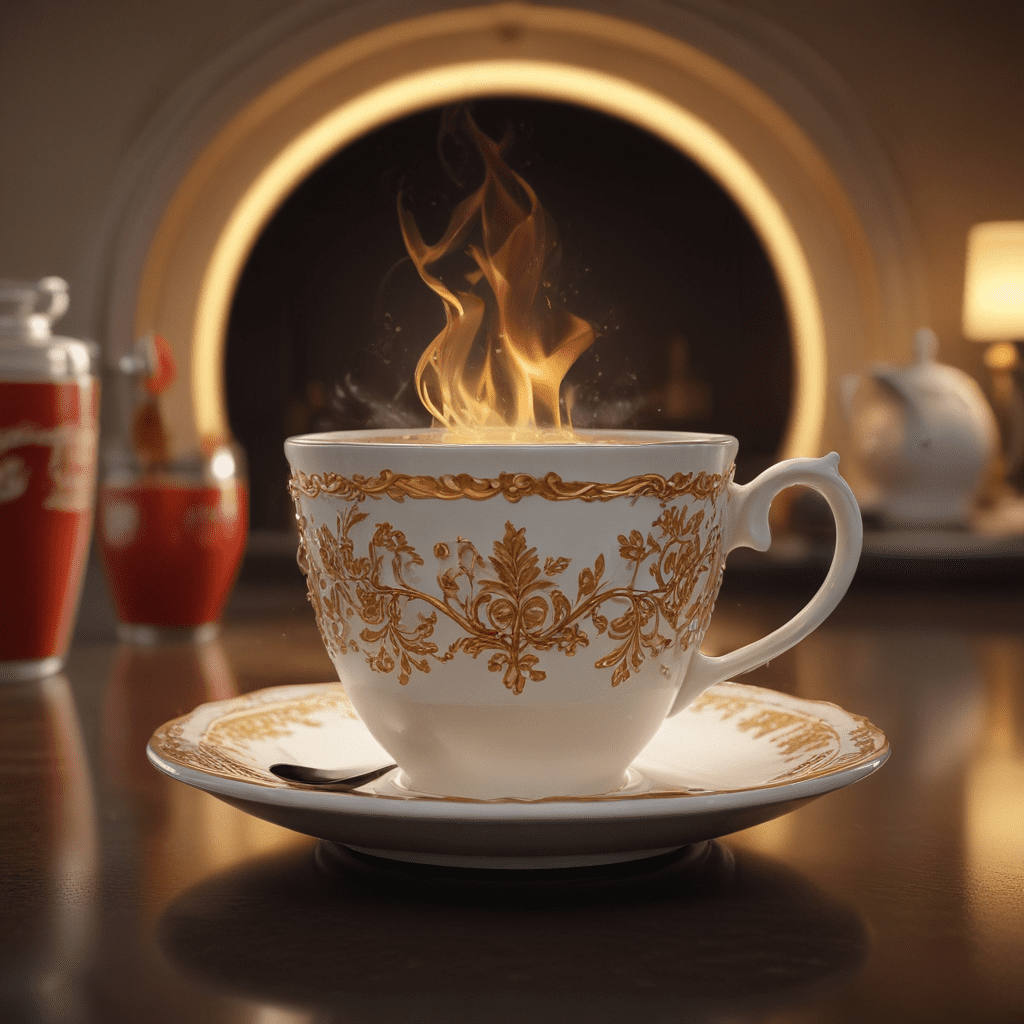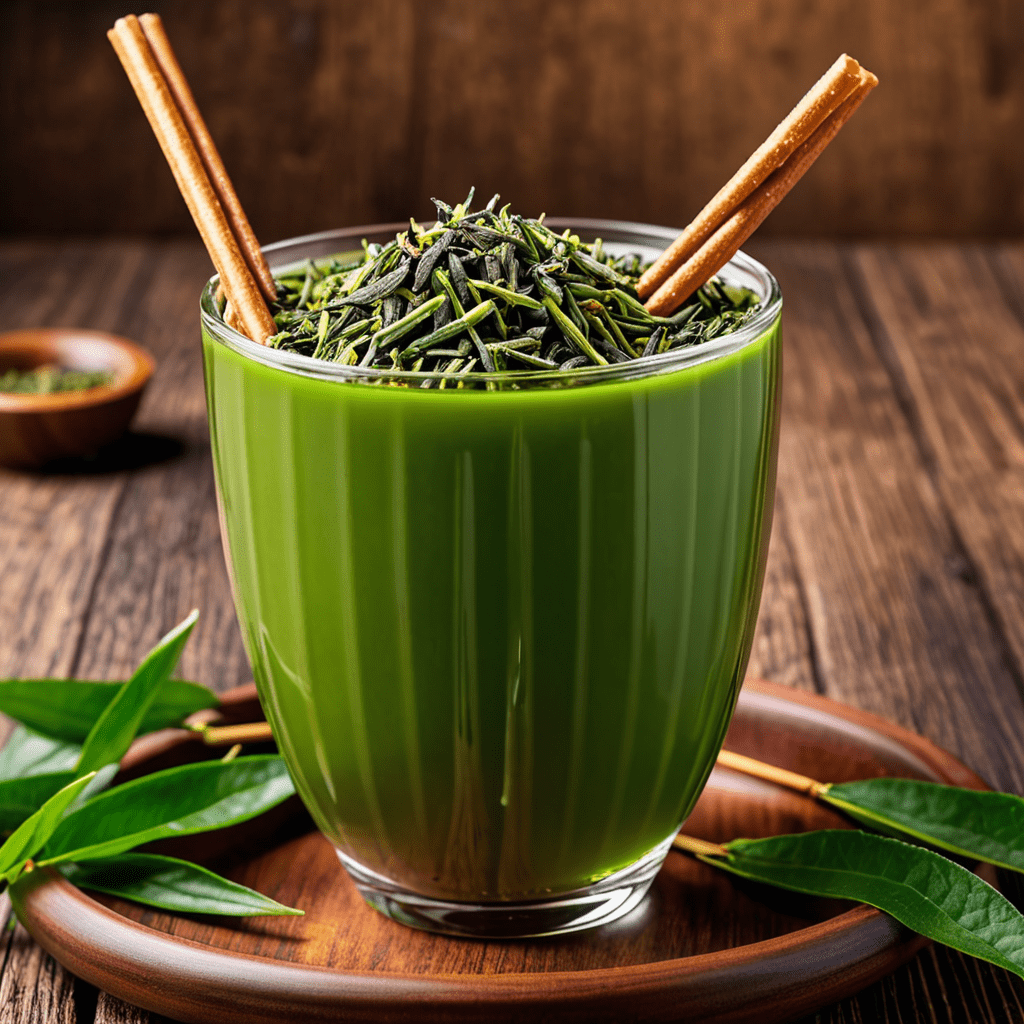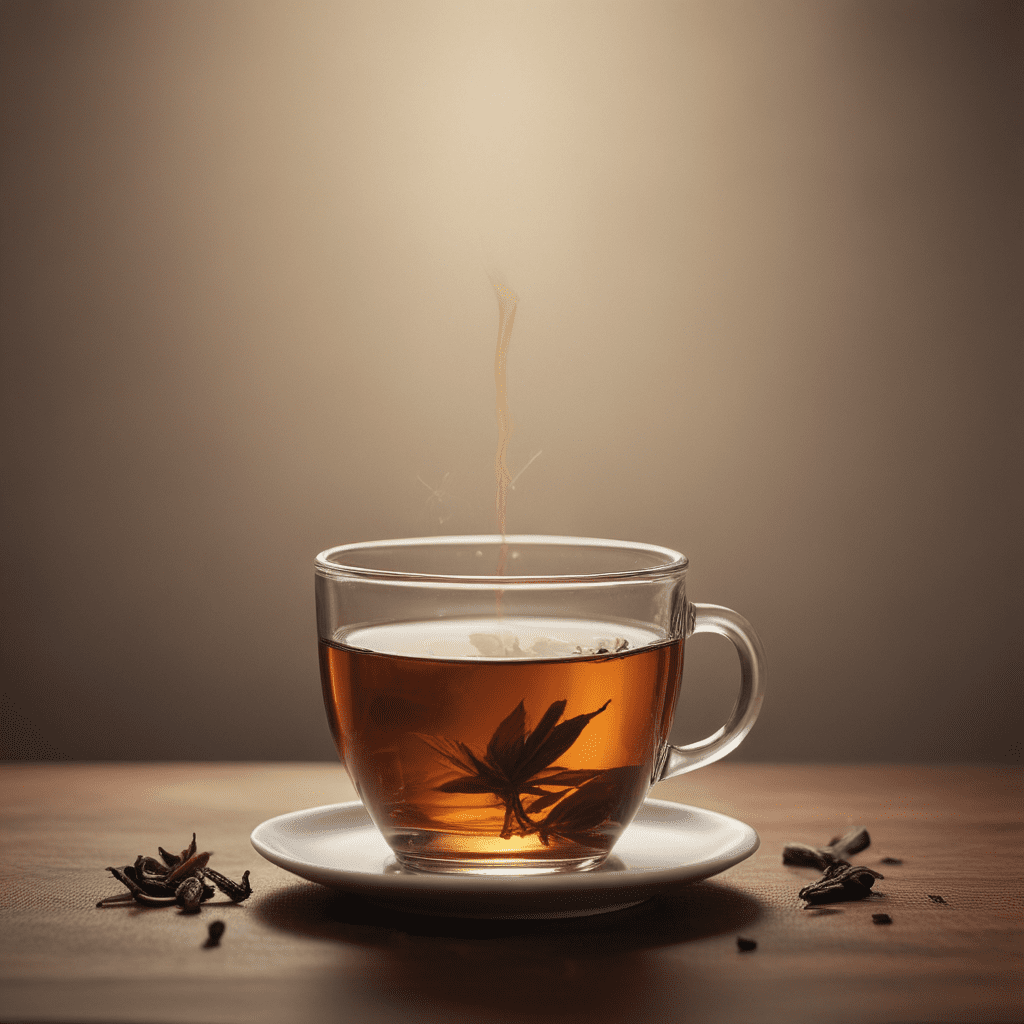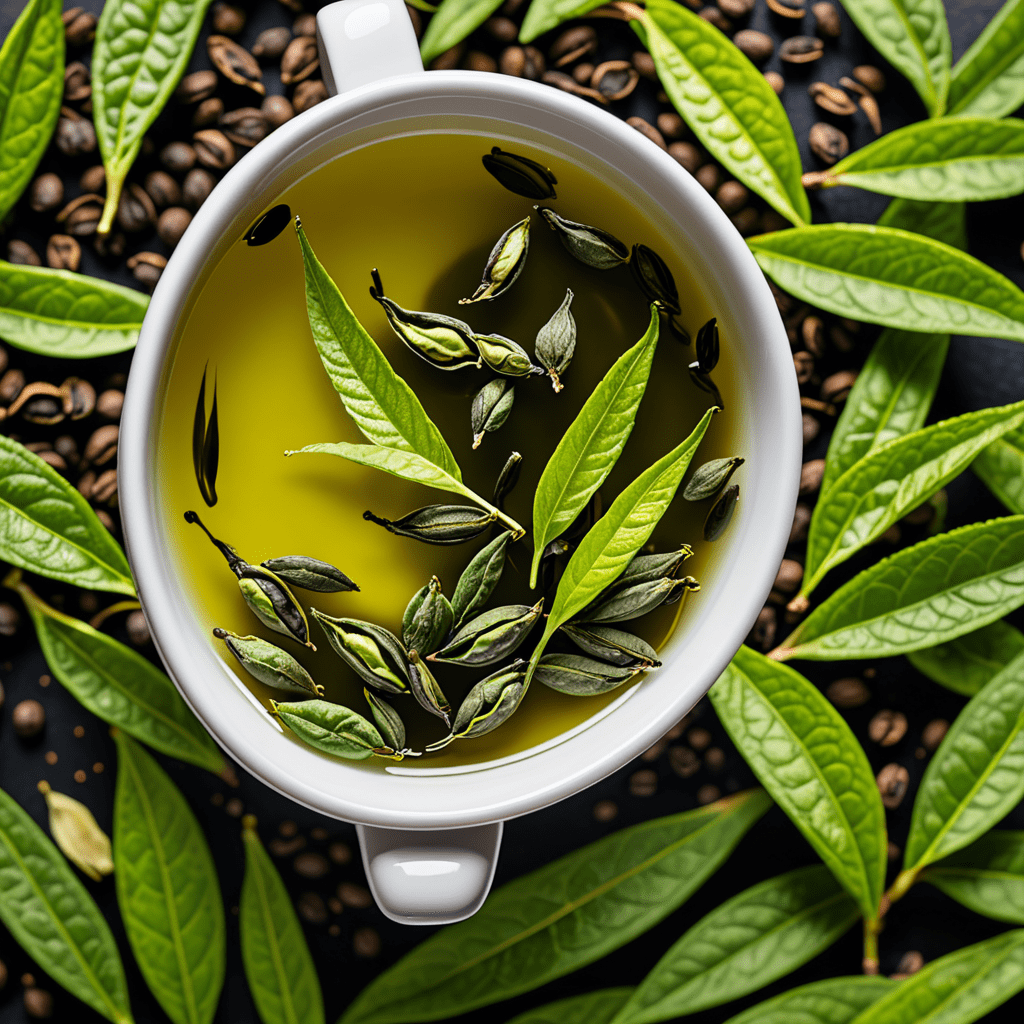
1. Introduction
The British are renowned for their love of tea, and making the perfect cuppa is an art form in itself. From selecting the finest tea leaves to mastering the steeping process, every step contributes to a truly satisfying experience. In this comprehensive guide, we delve into the heart of British tea culture, exploring the secrets to brewing a cup of tea that will tantalize your taste buds and warm your soul.
2. The Importance of Quality Tea
The foundation of a perfect cuppa lies in the choice of tea. Britain boasts a rich tea-drinking heritage, with a wide variety of teas to suit every palate. From the robust Assam to the delicate Darjeeling, each type offers a unique flavor profile and aroma. For an authentic British experience, opt for classic black teas such as English Breakfast or Earl Grey. These full-bodied teas are characterized by their rich flavor and invigorating aroma, making them ideal for starting the day or enjoying as an afternoon pick-me-up.
3. The Perfect Kettle
When it comes to brewing the perfect cuppa, the choice of kettle is paramount. While any kettle will do the job of boiling water, using a proper tea kettle elevates the experience. Traditional stovetop kettles made from stainless steel or enamel offer excellent heat distribution, ensuring that the water reaches the optimal temperature for steeping. Additionally, the whistling feature of many tea kettles provides a delightful auditory cue when the water is ready, adding a touch of charm to the tea-making process.
4. The Water Temperature
Water temperature plays a crucial role in extracting the full flavor and aroma from the tea leaves. Different types of tea require varying temperatures for optimal steeping. For instance, black teas thrive in water heated to around 200°F (93°C), while delicate green teas benefit from slightly cooler water, around 175°F (79°C). Using a thermometer or simply observing the water's behavior can help you achieve the perfect temperature. The appearance of small bubbles at the bottom of the kettle indicates that the water is nearing its boiling point, making it ideal for black tea.
5. The Art of Steeping
Steeping is the heart of tea-making, where the tea leaves infuse their essence into the hot water. The ideal steeping time varies depending on the type of tea and personal preferences. Generally, black teas require 3-5 minutes of steeping, while green teas benefit from shorter steeping times of 2-3 minutes. Over-steeping can result in a bitter and astringent tea, so it's essential to pay close attention to the time.
6. The Choice of Milk or Sugar
The question of adding milk or sugar to tea is a matter of personal preference and a long-standing debate in British tea culture. While some prefer the purity of tea without any additions, others find that milk softens the tea's astringency and adds a touch of creaminess. Sugar, on the other hand, can enhance the tea's sweetness and balance its bitterness. Ultimately, the choice is yours to make, depending on your individual taste and desired experience.
Traditionally, milk is added to black teas, while sugar is often preferred with green or herbal teas. However, feel free to experiment and find the combination that best suits your palate. If you choose to add milk, it's important to pour it in first, followed by the tea, to avoid scalding the milk and preventing it from curdling. For sugar, adding it after the tea allows you to control the sweetness to your liking.
7. The Perfect Teapot or Mug
The choice of teapot or mug can also influence the tea-drinking experience. Teapots made from materials like porcelain or stoneware retain heat well, ensuring that your tea stays warm throughout your enjoyment. Additionally, the larger brewing capacity of a teapot allows for multiple servings, making it ideal for sharing with friends or family.
If you prefer brewing individual cups, opt for a mug made from a material that won't absorb the tea's flavor or aroma, such as ceramic or glass. Using a tea strainer placed over the mug can help prevent tea leaves from ending up in your cup.
8. The Ritual of Enjoying the Perfect Cuppa
In British culture, tea time is more than just a beverage; it's a cherished ritual that brings people together. Whether it's a quick afternoon break or an elaborate afternoon tea spread, the act of sharing a cup of tea fosters a sense of community and connection. It's a time to unwind, relax, and engage in conversations with loved ones.
Traditionally, afternoon tea is served with a selection of finger sandwiches, scones with clotted cream and jam, and sweet treats like pastries or cakes. The combination of savory and sweet flavors complements the tea beautifully, creating a truly delightful experience.
9. Tips for Making the Perfect Cuppa
Here are some additional tips for perfecting your tea-making skills:
- Pre-warm your teapot or mug: Pouring hot water into a cold container can lower the water temperature and affect the steeping process. Pre-warming ensures that the tea stays hot throughout the steeping time.
- Use a tea cozy: Covering your teapot with a cozy helps to maintain the water temperature, allowing the tea to steep evenly and develop its full flavor.
- Avoid over-steeping: As mentioned earlier, over-steeping can result in a bitter and astringent tea. Pay attention to the recommended steeping times for different types of tea and adjust accordingly.
- Experiment with different teas and flavors: The world of tea offers a vast array of flavors and aromas to explore. Be adventurous and try different types of tea, such as green tea, oolong tea, or herbal infusions, to discover your favorites.
10. Conclusion
Making the perfect cuppa is an art form that requires attention to detail and a love for tea. By following the steps outlined in this guide, you can elevate your tea-making skills and create a truly satisfying experience. From selecting the finest tea leaves to mastering the steeping process, every step contributes to a cup of tea that will tantalize your taste buds and warm your soul. So, grab your favorite teapot or mug, brew a cup of tea, and immerse yourself in the rich tradition of British tea culture.
FAQ
What is the best type of tea to use for the perfect cuppa?
The best type of tea for the perfect cuppa depends on your personal preference. However, classic black teas such as English Breakfast or Earl Grey are popular choices in British tea culture.
How long should I steep my tea?
The ideal steeping time varies depending on the type of tea. Generally, black teas require 3-5 minutes of steeping, while green teas benefit from shorter steeping times of 2-3 minutes.
Should I add milk or sugar to my tea?
The question of adding milk or sugar to tea is a matter of personal preference. Some prefer the purity of tea without any additions, while others find that milk softens the tea's astringency and sugar enhances its sweetness.
What is the best way to enjoy a cup of tea?
Traditionally, afternoon tea is served with a selection of finger sandwiches, scones with clotted cream and jam, and sweet treats like pastries or cakes. However, you can enjoy your cup of tea however you like, whether it's with a slice of toast or simply on its own.


